Ana in 35mm
This is the first (and so far only) shoot I've done entirely on 35mm film.
Round two with Ana, the second professional model I ever shot. If you’ve read my self-evaluation post after my first six months of shooting for Naked Prose, you’ll remember that I noted her shoot as one of the more important moments for me thus far, in that it went so well that I was greatly encouraged to keep pushing forward with this crazy idea. I didn’t expect to see her again so soon, but she did another little sweep of southeast Asia, and I couldn’t say no to working with her again.
In the spirit of stubbornness perseverance, I decided not just to continue my trend of shooting film when I work with a model for a second time but only shoot film. That’s right – I didn’t snap a single digital image (other than a few with my phone for Instagram) during our shoot. I brought one roll of Kodak Portra 400, one roll of Portra 800, and my Canon EOS 30V. I also shot the entire session with one lens, the EF 24mm F/1.4L. This sounds even crazier now that I type it all out, but that’s what I did.
Why am I doing this to myself, when shooting digital is much easier, cheaper, and more reliable? That’s a great question. Actually, I’m going to need to think about it for a minute and get back to you. In the meantime, have a look at Ana.
Ok, I’m back. I think there are a couple of reasons why I do this to myself. First of all, shooting with film is just fun. I didn’t grow up with film photography, so I find the analog nature of it charming and novel. I have a similar feeling about vinyl records: I grew up with the sterile digital perfection of CD audio and appreciate the warmth and imperfection of an LP. Film photography is also challenging, and I’m still a photographic challenge-seeker even after a couple decades of experience behind the lens. If you grew up in the digital camera age like I did and want to be humbled, go shoot some film. We are spoiled with all of our microprocessors and software, but it can be hard to notice that unless it’s all taken away.
I’m not even setting the difficulty level that high – the 30V has a light meter, the lens autofocus. I’ve even programmed the body to use back-button AF like my digital cameras, keeping the user experience consistent between formats. What’s the problem, then? Well, you need to meter very carefully and understand how to shoot a particular film stock to get the results you want. Kodak Portra, for example, needs a lot of light to be happy, so I rated both rolls at half of their box speeds (shooting the 800 roll at 400 and the 400 at 200) and still dialed in some positive exposure compensation for particular shots. If you underexpose Portra, your results are going to be trash, and there’s little to nothing you can do after the film is developed to save it. It’s also comically easy to completely ruin a roll of film in the loading/unloading and handling process. This is pretty close to fool-proof with 35mm canisters, but when I loaded the roll of 400 and shut the film door, I wasn’t sure that the camera had advanced the film correctly, so I opened it to check and instantly torched the first two frames of that roll. You’d think I’d know better than that at this point, but… you’d be wrong.
So that gave me 36+36-2=70 frames to work with in my session with Ana. For reference, if I had done this session with my digital gear, I’d probably have shot somewhere between 300 and 500 frames. This is another good reason to shoot film – you really need to slow down and think about each shutter press, because this stuff ain’t cheap. Each squeeze of the trigger during this session cost me around $0.50.
The shoot wasn’t all that different in practice apart from a much smaller number of shutter clicks. Ana was as buoyant and affable this time as before, maybe even a bit moreso since she was happy to see me again. We shot the 400 roll in a typical way, curtains open for maximum light and her instincts guiding the posing. I’ll reiterate here that the 24mm focal length is decidedly not the best for this kind of shoot, but this is just a quirk of mine – I love the wide field of view and absolutely need the fast aperture indoors with only available light. Hopefully it makes the shots distinctive? Unique? Provocative? Grotesque? I dunno, let me know what you think in the comments if you have strong opinions.
The 800 roll was a much less successful experiment. My plan was to shut the heavy curtains and guide a narrow beam of harsh light streaming into the room. You can probably picture the result I was going for – very dark shadows with a band of bright, warm daylight cutting across the model in dramatic fashion. In reality, the room was never dark enough, nor was the light from outside harsh enough to create this effect convincingly, so I had to abandon that idea in favor of a watered-down version. The 800 shots are definitely more contrasty, dramatic, and gritty, so I wouldn’t call it a total failure, but it’s definitely not what I was going for. It was also a great reminder that Portra 800 becomes a frightening, grainy mess if it’s underexposed, which some of these frames absolutely are. (See above on the importance of exposing your film properly.)
In the end, I’m glad that I chose to challenge myself with two film canisters, one camera, and one focal length. It helped that I was working with a model who I knew would have fun with the concept, so another big thanks to Ana for being such a good sport. I’m a teeny bit more confident about shooting film now, which is about the best one can hope for each time.
What say you, Naked Prose readers? Do you like the occasional film photo sessions? Can you even tell the difference? Should I keep rotating film into these shoots? Let me know what you think, and as always, thanks for reading.


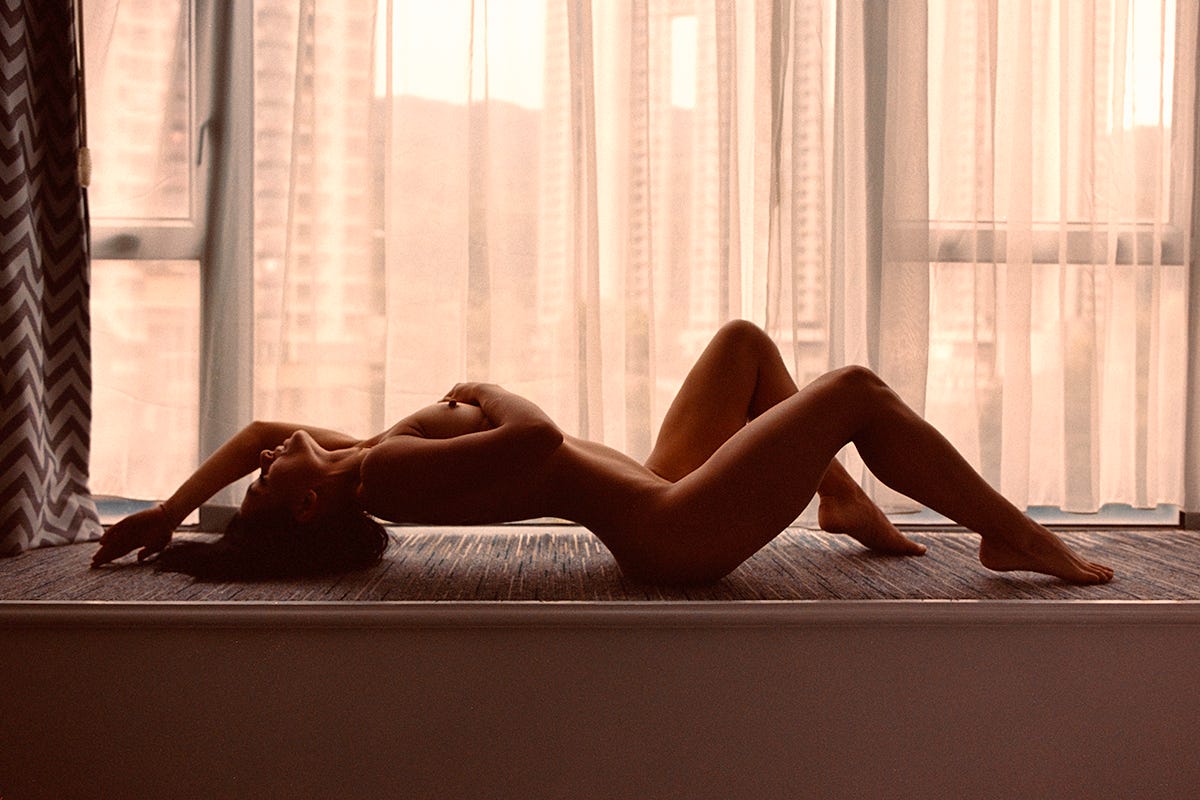
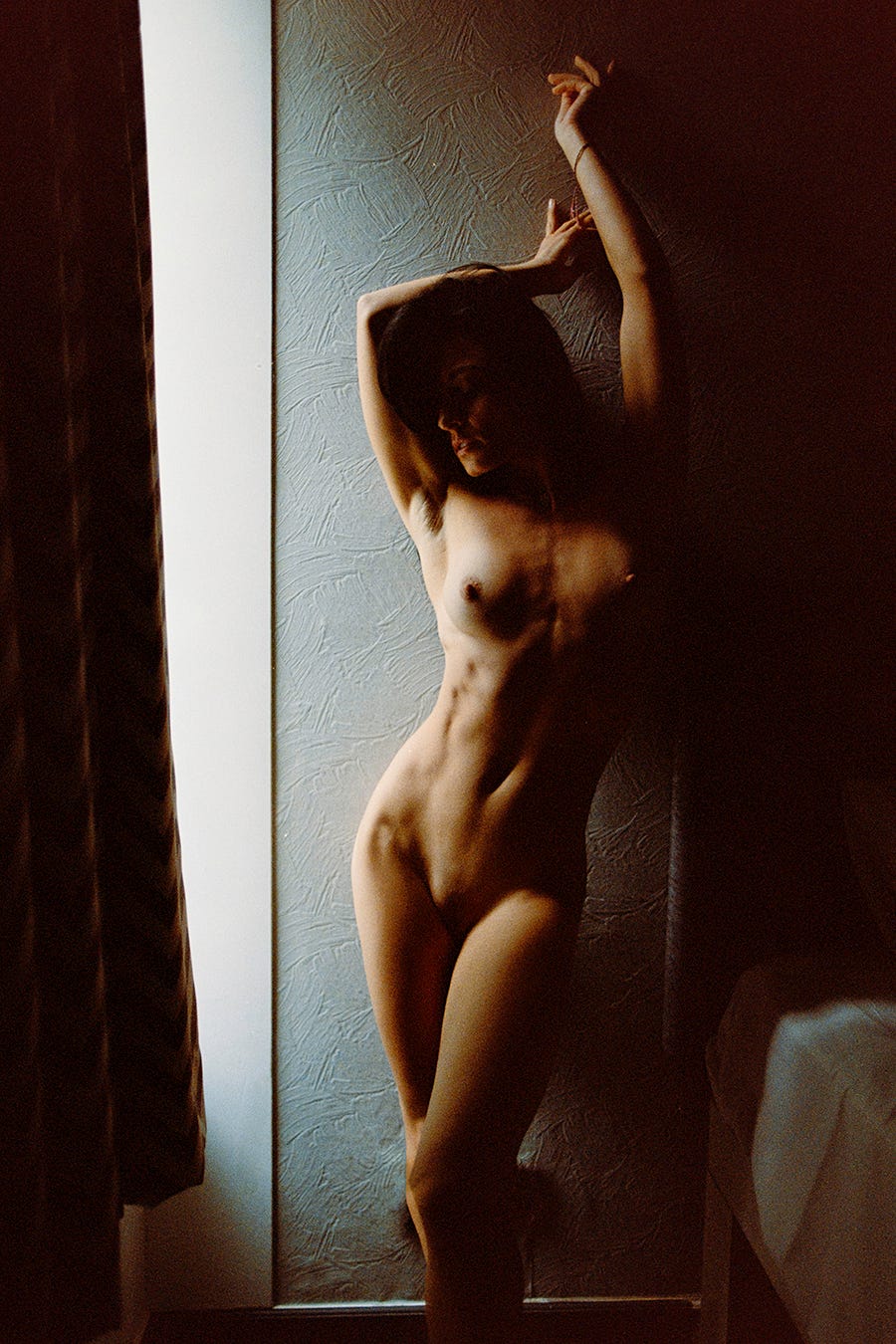
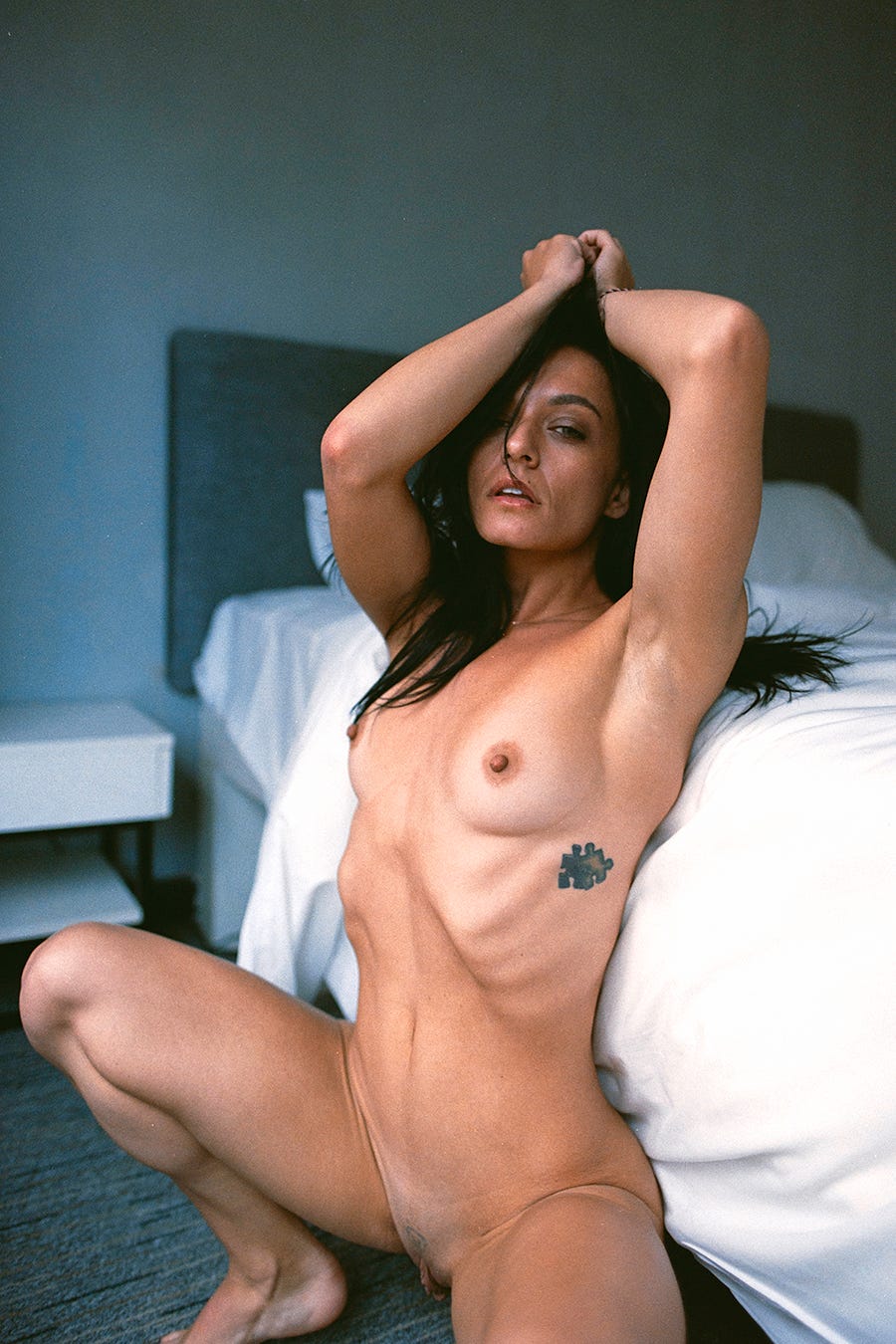
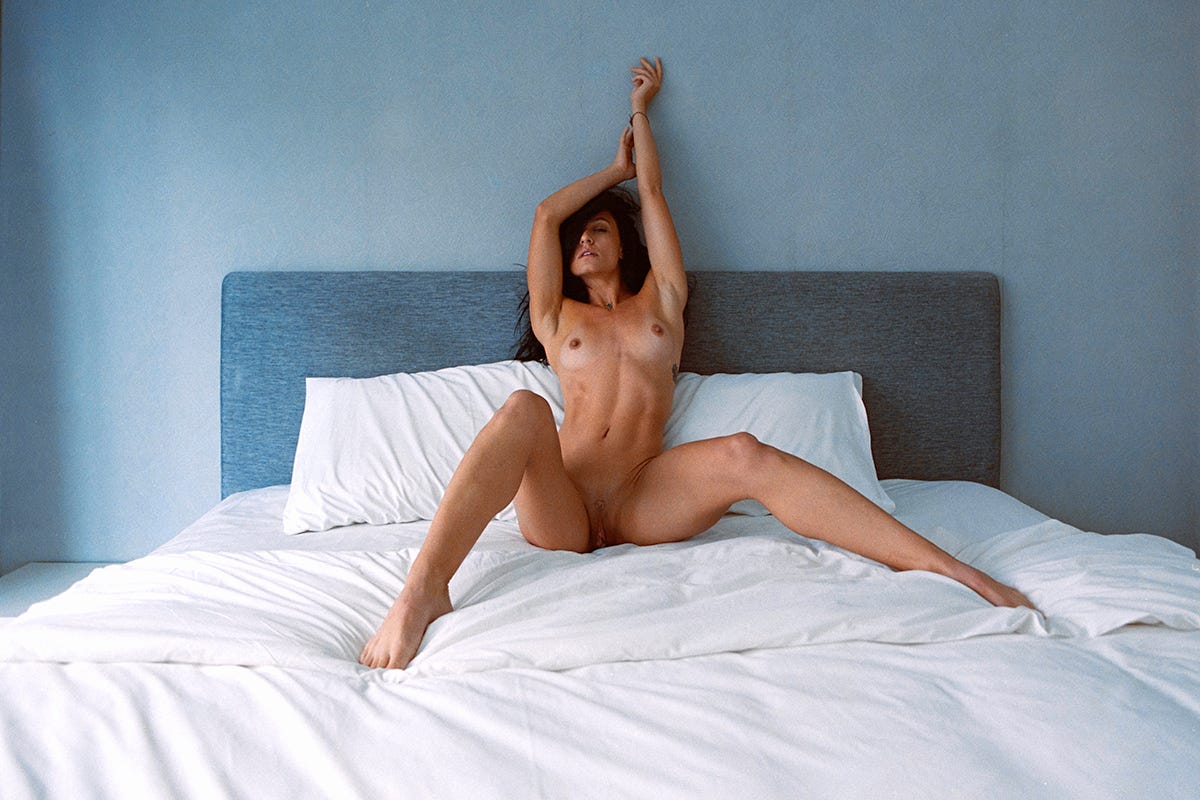
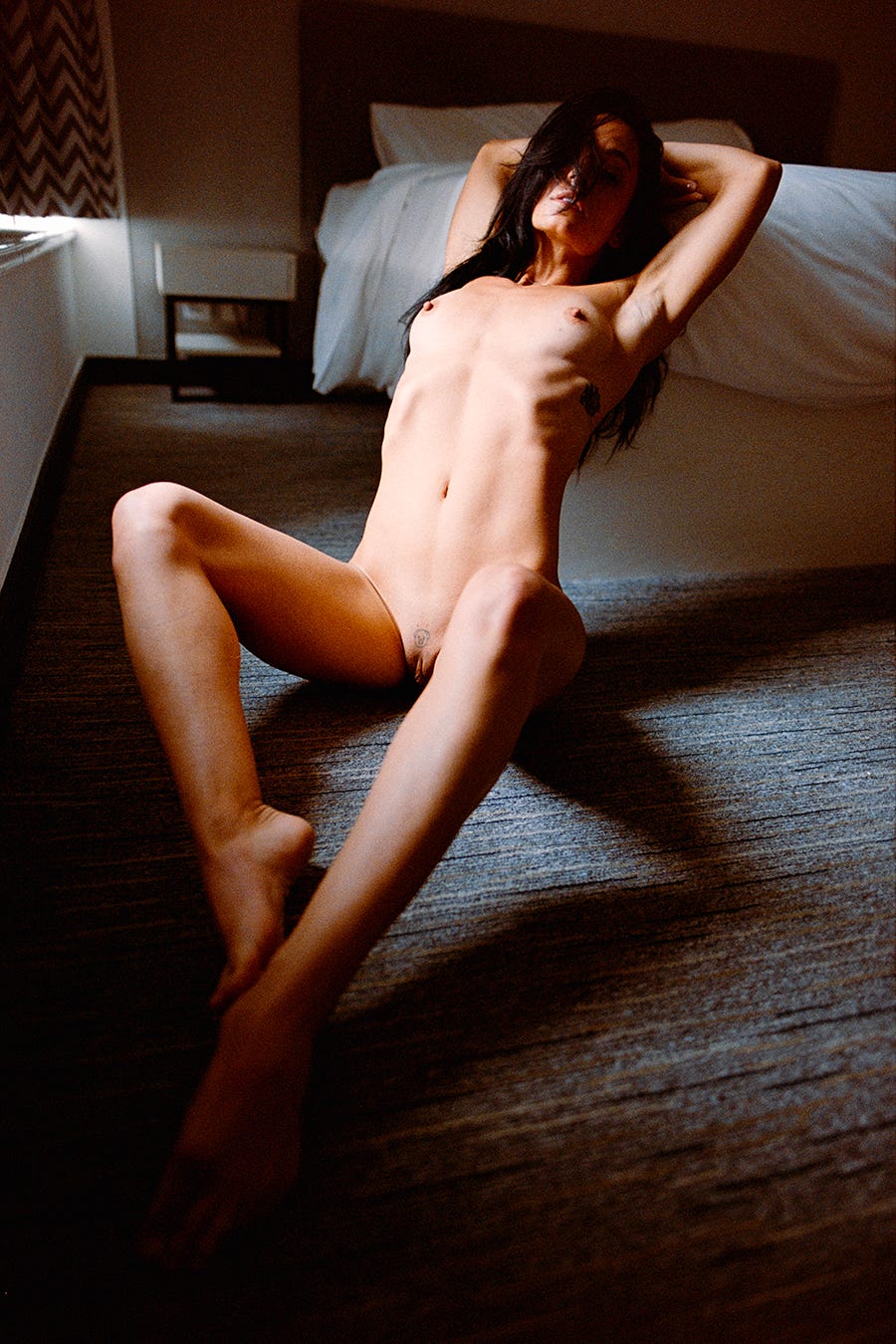
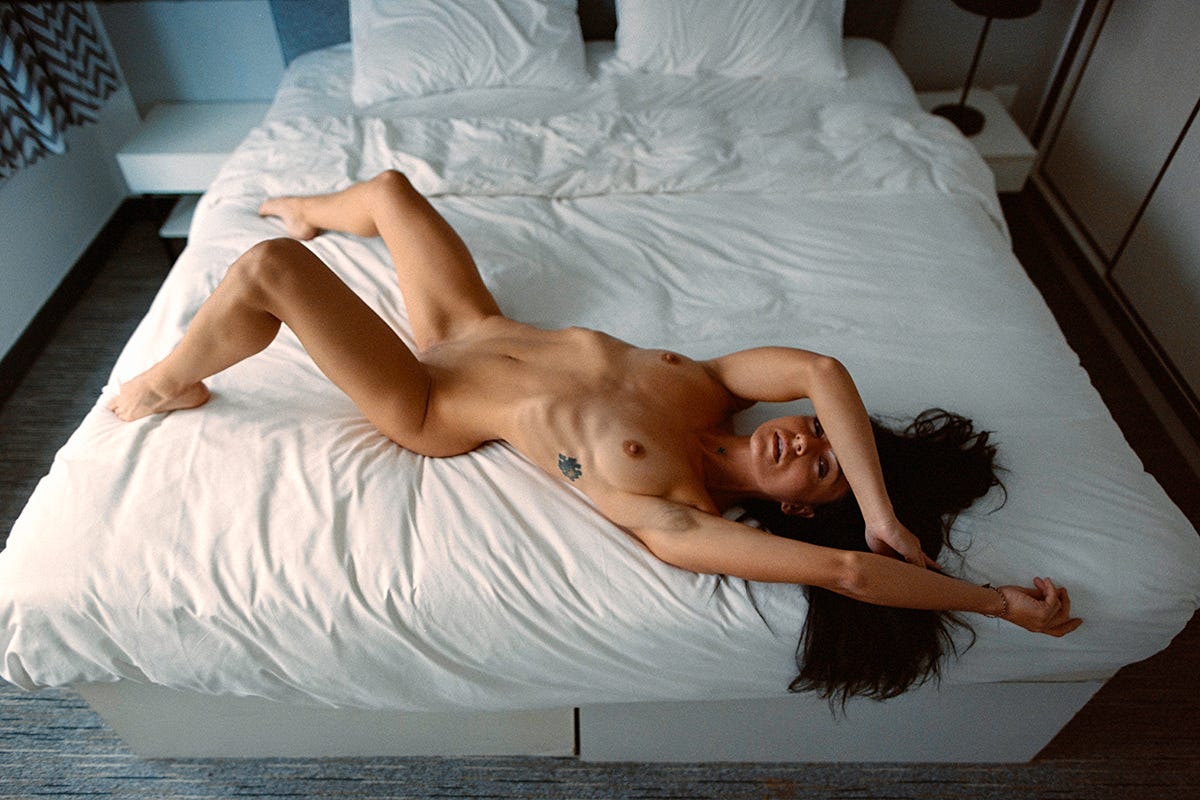
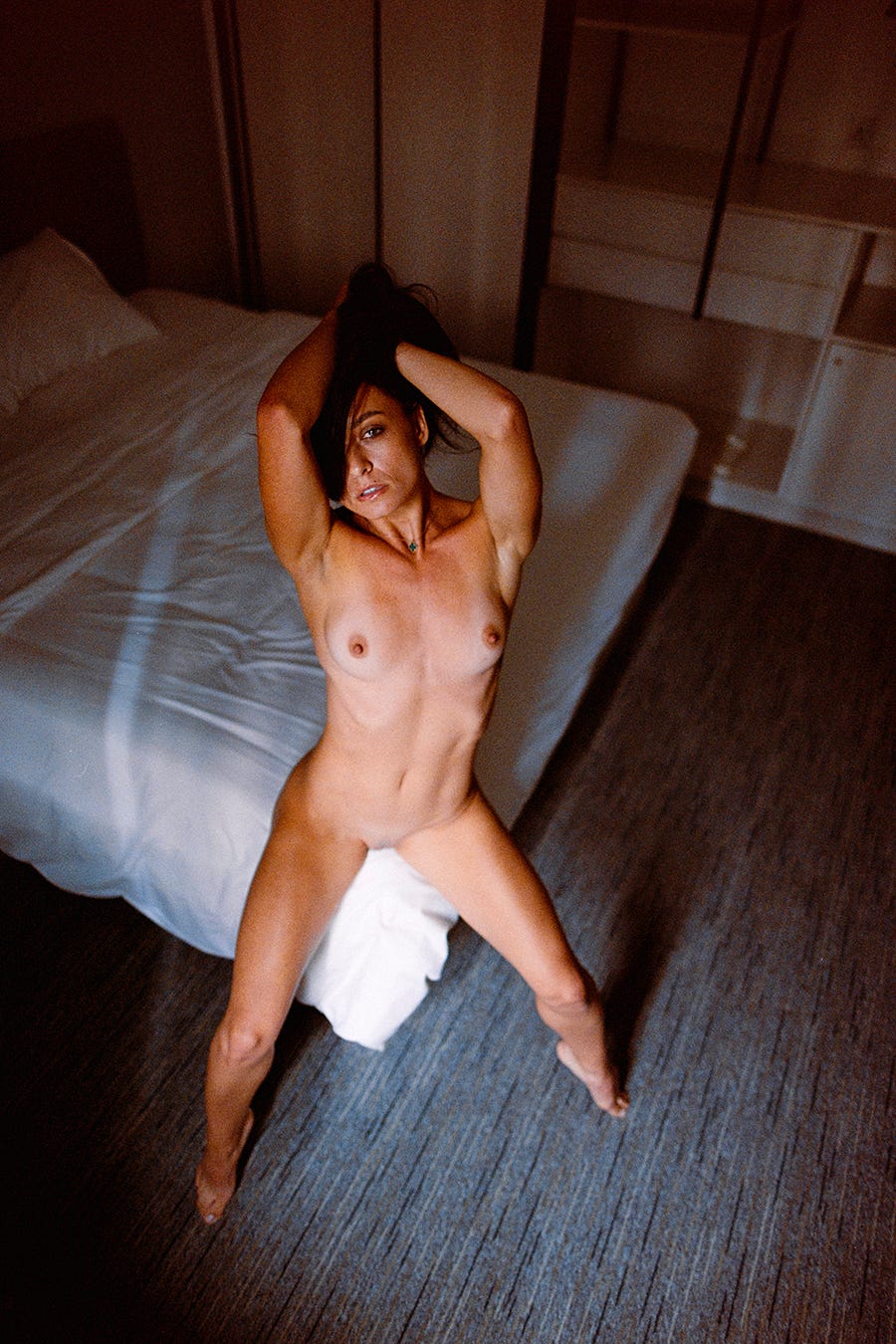
The lips have it!
She’s a beautiful little thing, gorgeous and perfectly shot by you thanks.